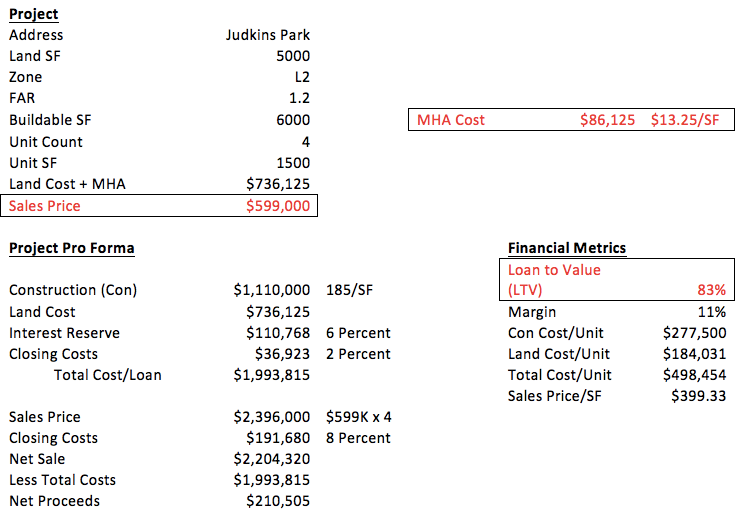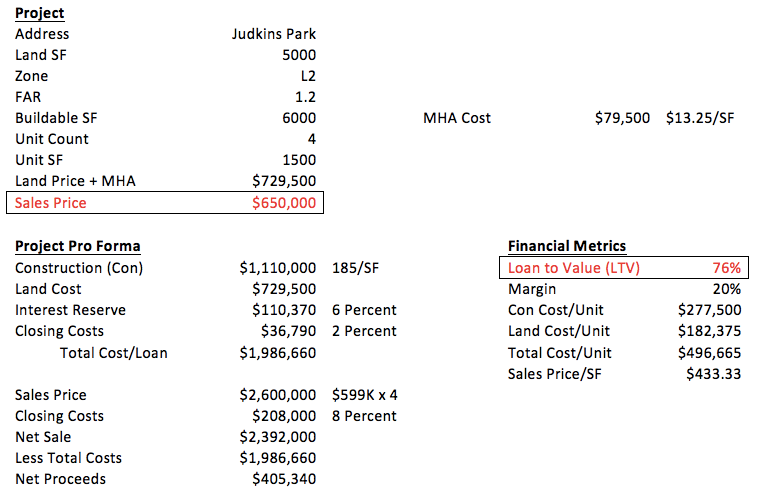I’m Telling You for the Last Time: Candidate and Voter Primer on the Wrongness of MIZ
Repetition is a powerful rhetorical device. Think of music or poetry especially, but also visual art. A phrase or lyric is often repeated in order to create an impact. Think of Dylan Thomas’ poem, “Do not go gentle into that good night,” a poem that if you remember it all is remembered for the repeated phrase, “rage, rage against the dying of the light!” Politics is about repetition too. Practitioners of political warfare know that the number of times you see a candidates name and here their “message,” usually boiled down to a catch phrase, correlates strongly with how you’ll vote. And we also know that repeating something makes the idea stick. This is true of Seattle’s discussion over Mandatory Inclusionary Zoning.
Over the last year I’ve seen the Wallingford neighborhood suggest that “HALA upzones” are a developer giveaway. When I spoke with John Fox after a radio show, he was shocked to find that that wasn’t true. Most people who build, finance, and manage housing in the city don’t like the City’s forced auction of square footage. Yet most angry neighbors think that somehow builders want a tiny boost in square footage because, I guess, they think it means builders will “laugh all the way to the bank.”
Supporters of the “HALA upzones” also keep repeating the same thing. This, they say, is an innovative way of increasing density and creating more housing. See, the City grants more density and all the developer has to do is pay into a fund for more subsidized housing or include the housing in the development. Everyone wins! But it’s pointed out that there is no fair exchange of value with MIZ. It doesn’t work. It will make lots of projects infeasible because the costs of building more and the fees cancel out any benefit. That means less supply and higher prices, and when prices get high enough, the extra costs then get absorbed by higher prices and rents.
So, here I go again. What I keep finding is that many builders, developers, and real estate professionals still believe that they’ll only pay on the additional square footage. Nope. Every square foot of new housing and commercial development will be taxed — a lot. I posted this a while ago, but I am going to repeat it here since the so called “HALA upzones (this formulation drives me crazy: HALA was 64 recommendations only one of which were upzones associated with the Grand Bargain)” are a hot topic in the closing weeks of the election here’s a primer on why MIZ is a mess.
What’s Wrong With Mandatory Inclusionary Zoning/Mandatory Housing Affordability
Background: The Mandatory Housing Affordability (MHA) program is a form of Mandatory Inclusionary Zoning (MIZ), a change to the land use code that requires all new development to include rent restricted housing or pay a fee in lieu of that inclusion along with small increases in height. Seattle’s program was created as part of negotiations between a few larger market rate developers, non-profit developers (who get the fees), and representatives of the City of Seattle.
We weren’t invited: Representatives of the wider development community were left out of the process of negotiating the specifics of the MHA program. The builders of the vast majority of Seattle’s housing were not consulted on how the program would affect their projects.
Infeasible: The problem with MHA is that it adds cost to the building of new housing either through the loss of rent revenue from inclusion or from having to pay the fee. Also, building higher costs more, and those costs along with fees and inclusion are usually not offset by the additional floor area, making the project infeasible for financing.
Inflationary: When a project does work under MHA, it will be because the price of the product, housing, has to go up to compensate for the extra costs. This means higher rents or sales price to cover the costs of inclusion or paying the fee and the extra construction costs from building more floor area. Across the housing market, this means higher prices for people looking for housing.
Illegal: Analysis by the Pacific Legal Foundation indicates that MHA is essentially a forced auction of higher density zoning, and the requirement to buy something that adds unwanted costs is a violation of the Constitution and State law (RCW 82.02.020) that prohibits the taxation of development either directly or through mandates.
Case study: We looked at a typical 4 townhouse project, and when fees are imposed, the additional costs mean a higher loan to value ratio (LTV). The LTV is an index for lenders; when it gets above 80 percent, a project can’t get financing. In this example, the only way to lower the LTV was to raise the price of the houses from $599,000 to $650,000, an almost 10 percent increase in price. Apartment rents would go up in the same way.
What MIZ/MHA Does to LTV
Correcting MIZ/MHA Impact on LTV With A Higher Price
The featured image is a sample of the work of Donald Judd (1928-1994) who was considered “the leading international exponent of “minimalism.”




